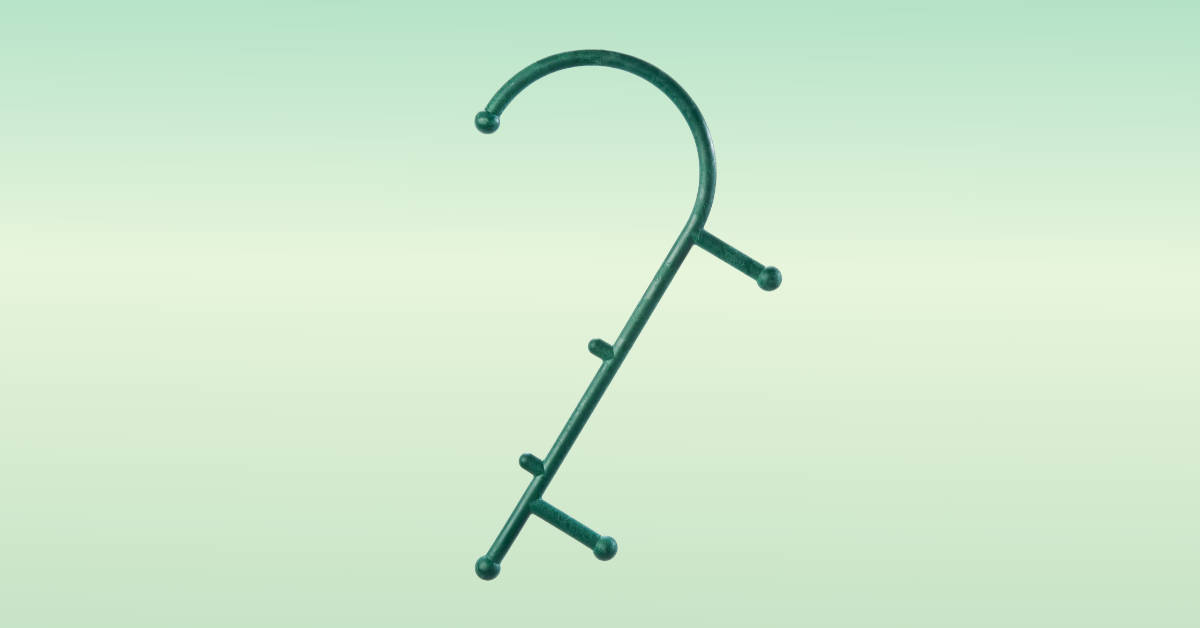The Thera Cane, a well-regarded name in the world of self-massage tools, promises effective relief for muscle knots and trigger points. Its cane-shaped design and simple yet effective mechanism have garnered attention and praise from many users. I decided to delve into my personal experience with this tool and offer insights into its functionality and effectiveness.
What is the Thera Cane?
The Thera Cane is a uniquely shaped self-massaging tool, crafted to provide deep pressure massage to sore muscles, especially in hard-to-reach areas. Its design includes six pressure knobs strategically placed to target various muscle groups, with a focus on the upper trap and back area.
Utilizing the principles of myofascial release, the Thera Cane aims to alleviate tight muscles and offer pain relief through controlled pressure application. This method is known for its ability to increase blood flow and break up muscle adhesions, leading to improved muscle function.
Personal Experience with the Thera Cane
Right from the outset, the Thera Cane impressed me with its sturdy build and lightweight design. Its robust construction and smooth finish made it both durable and comfortable to hold. In contrast to some of the more complex massage tools on the market, like the Body Back Buddy, the Thera Cane’s simpler design with fewer knobs was less overwhelming and more user-friendly. This simplicity also made it more comfortable to hold, allowing for a stronger grip without the interference of unnecessary knobs.
Using the Thera Cane was a straightforward and relaxed experience. Its U-shaped design efficiently reached and massaged areas of my back that are typically hard to access. The main knob on the hook was effective in targeting muscle knots, particularly in the upper trap area.
However, I noticed that the additional knobs didn’t significantly enhance my massage experience. The Thera Cane functions well as a basic back massage stick, but it doesn’t stand out with any unique features compared to other tools in the market.
A slight concern I had was the flexibility of the U-shaped hook. When applying significant pressure, I felt it had a bit of ‘give,’ raising concerns about its potential to snap under intense force. This aspect made me cautious about applying too much pressure, limiting the tool’s effectiveness in certain situations. As a result, the Thera Cane seems best suited for light use, particularly for those who prefer not to apply aggressive pressure into their trigger points.
Conclusion
The Thera Cane, with its straightforward and user-friendly design, stands out as a practical choice for targeted muscle relief. Its simplicity, characterized by fewer knobs, offers a more comfortable and less overwhelming experience compared to more complex massage tools like the Body Back Buddy. This aspect, combined with its sturdy construction and ergonomic design, makes the Thera Cane a reliable and comfortable tool to hold and use.
Primarily, the Thera Cane excels in providing focused relief in the back and upper trap areas, thanks to its effective U-shaped hook. While it may lack the versatility of more elaborate models with multiple knobs, it compensates with a focused approach to addressing muscle knots in these specific areas.
Particularly suitable for light use and for those seeking a non-intensive solution for alleviating discomfort in hard-to-reach back muscles, the Thera Cane is an exemplary choice. It provides a relaxed and straightforward massage experience, ideal for individuals who appreciate simplicity and targeted effectiveness in their self-massage routine.

